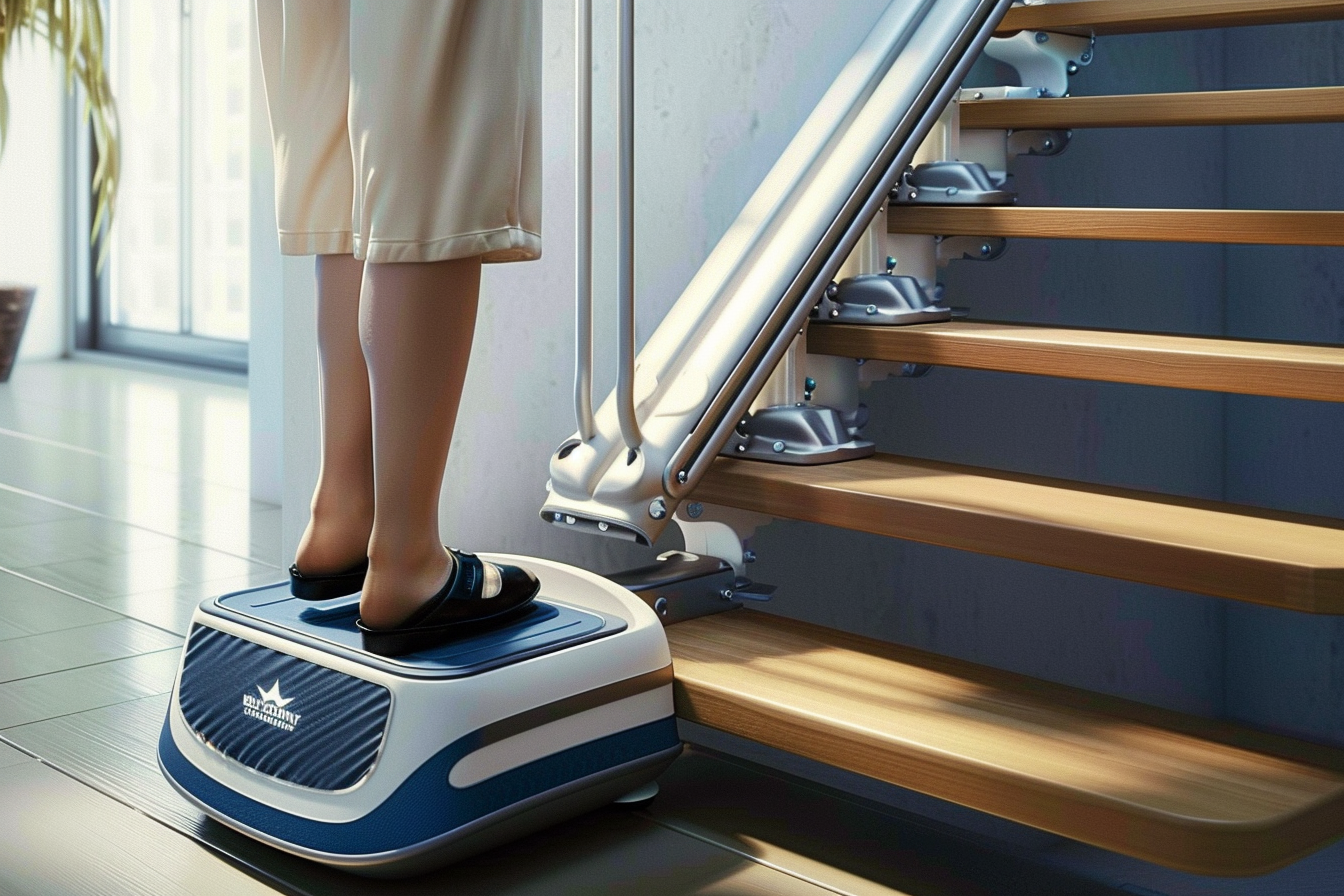Chair Lifts for Stairs: A Complete Guide for Homeowners
Stair lifts provide essential mobility solutions for individuals who face challenges navigating stairs in their homes. These mechanical devices, also known as chair lifts for stairs, offer a safe and reliable way to move between different levels of a home without the physical strain of climbing steps. Understanding the various options, alternatives, and considerations can help homeowners make informed decisions about improving accessibility in their living spaces.

What Are Chair Lifts for Stairs?
Chair lifts for stairs are motorized seats that travel along a rail system installed on staircases. These devices allow users to sit comfortably while being transported up or down stairs, eliminating the need to walk on steps. Modern stairlifts feature safety belts, armrests, and footrests to ensure secure transportation. The rail system can be customized to fit straight or curved staircases, making these solutions adaptable to various home layouts. Most units operate on battery power with charging stations at each end of the track, ensuring functionality even during power outages.
Understanding Different Types of Stairlifts
Stairlifts come in several configurations to accommodate different staircase designs and user needs. Straight stairlifts are the most common and cost-effective option, designed for staircases without turns or landings. Curved stairlifts feature custom-manufactured rails that follow the exact path of curved or multi-level staircases. Outdoor stairlifts are built with weather-resistant materials for external staircases and porches. Standing stairlifts, also called perch lifts, provide support for users who have difficulty bending their knees or sitting down. Each type offers specific advantages depending on the home’s architecture and the user’s mobility requirements.
Alternatives to Stair Lifts
Several alternatives to stair lifts exist for homeowners seeking different accessibility solutions. Platform lifts, also known as wheelchair lifts, accommodate wheelchairs and mobility scooters, making them suitable for users who rely on wheeled mobility devices. Home elevators represent a more comprehensive solution, though they require significant structural modifications and higher investment costs. Ramps can be installed for wheelchair access, particularly effective for single-step entries or short staircases. Relocating living spaces to a single floor eliminates the need for stair navigation entirely. Some homeowners opt for handrail improvements, stair treads with better grip, or automatic lighting systems as supportive measures alongside other mobility aids.
| Provider | Product Type | Key Features | Cost Estimation (CAD) |
|---|---|---|---|
| Acorn Stairlifts | Straight/Curved Models | Battery operation, safety sensors, folding design | $3,500 - $15,000 |
| Stannah | Straight/Curved/Outdoor | Smooth ride technology, multiple safety features | $4,000 - $18,000 |
| Bruno | Straight/Curved/Platform | Weather-resistant options, customizable seats | $3,800 - $16,500 |
| Handicare | Straight/Curved Models | Compact design, advanced safety systems | $4,200 - $17,000 |
Prices, rates, or cost estimates mentioned in this article are based on the latest available information but may change over time. Independent research is advised before making financial decisions.
Installation and Safety Considerations
Professional installation ensures proper setup and optimal safety for stairlift systems. Certified technicians assess the staircase structure, measure dimensions, and determine the appropriate rail configuration. Installation typically takes several hours for straight models and may require multiple visits for curved systems. Safety features include emergency stop buttons, safety belts, sensors that detect obstructions, and backup battery systems. Regular maintenance schedules help ensure continued safe operation, with most manufacturers recommending annual service inspections. Users should receive proper training on operating controls, safety procedures, and emergency protocols before using their stairlift independently.
Choosing the Right Solution for Your Home
Selecting the appropriate mobility solution requires careful evaluation of individual needs, home layout, and budget considerations. Consulting with mobility specialists or occupational therapists can provide valuable insights into the most suitable options. Home assessments help determine whether structural modifications are necessary and identify potential installation challenges. Consider future mobility needs, as conditions may change over time, making adaptable solutions more valuable. Research local service providers, warranty options, and maintenance availability in your area. Many companies offer rental options for temporary needs or trial periods to help users determine the best long-term solution.
Stair lifts and their alternatives represent important tools for maintaining independence and safety in multi-level homes. By understanding the various options available, from traditional chair lifts for stairs to comprehensive alternatives, homeowners can make informed decisions that enhance accessibility while preserving the comfort and functionality of their living spaces. Professional consultation and proper installation ensure these mobility solutions provide reliable service for years to come.




